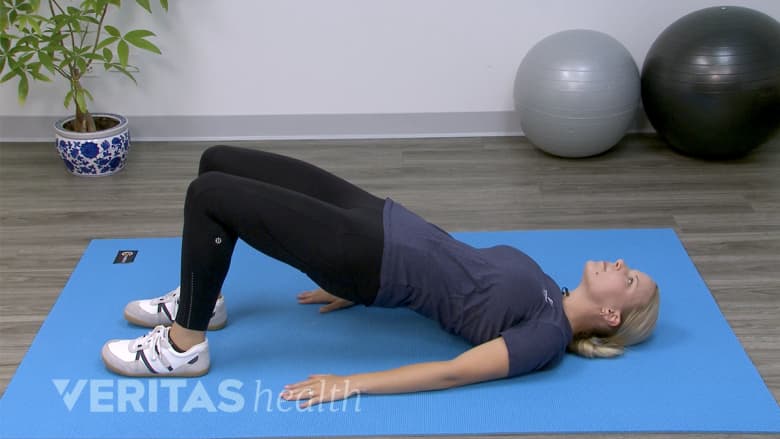Physical and occupational therapists can be valuable resources in helping people reduce their neuropathic pain, maintain mobility, and make needed lifestyle adjustments.
An occupational or physical therapist may work with an individual whose symptoms are disrupting work performance and other routine daily activities.
In This Article:
- Treatment Options for Neuropathic Pain
- Physical and Occupational Therapy Offer Benefits for Neuropathic Pain
- Medications for Neuropathic Pain
- Spinal Cord Stimulators and Pain Pumps: Implantable Systems for Neuropathy
- Therapeutic Nerve Blocks for Neuropathy
- Additional Treatments for Neuropathic Pain
Physical Therapy

Strengthening and stretching exercises enhance flexibility and improve muscle strength.
The goals of physical therapy are tailored to each individual’s condition and needs. The following are some common areas the therapist may emphasize:
- Exercises to maintain and improve strength and range of motion. People will generally work with increasing levels of resistance and perform stretches to enhance flexibility. Exercise boosts blood circulation, which in turn increases the flow of oxygen. Exercising can also improve mental outlook and help control blood glucose in people with diabetes.
- Balance training may include guidance on posture, supportive shoes for those with limited sensation in their feet, and prevention of falls.
- How splints or braces may help relieve pain. Splints can be useful for compression mononeuropathies—cases in which one nerve or nerve group is compressed. A common example is carpal tunnel syndrome, caused by pressure on the arm’s median nerve.
Mobility issues are common with neuropathy, and lack of exercise can lead to weight gain and other problems that make the condition more difficult. Exercise can improve blood circulation, which strengthens nerve tissues by increasing the flow of oxygen.
Occupational Therapy
A number of workplace and day-to-day life skills are the focus in occupational therapy. There is a strong educational element in occupational therapy. Therapists typically teach people how to:
- Prevent falls by watching out for uneven terrain and other hazards
- Adjust habits, such as standing up too suddenly, to prevent a drop in blood pressure
- Make ergonomic changes at work to reduce pain and increase mobility
- Avoid exposure to toxic substances
In addition to providing information, the therapist is likely to work closely with the individual to improve sensory-motor skills needed on the job or when performing household tasks.
Lifestyle Changes

Low-impact exercises reduce cramps and prevent muscle atrophy.
Strategies discussed with physical and occupational therapists can be applied to everyday life to make neuropathy pain more manageable. The following healthy habits are advised:
- Exercising. Being as physically active as possible can reduce cramps, improve balance, and build strength, helping prevent muscle atrophy. If traditional forms of exercise are difficult, it may be helpful to emphasize exercises that can be done in a chair.
- Treating injuries quickly. An untreated injury can cause permanent damage. People with diabetes need to be proactive with foot and wound care. Exercise can also help control blood sugar levels, a crucial step in treating diabetic neuropathy.
- Avoiding tobacco products. Smoking constricts the blood vessels, which provide needed nutrients to the peripheral nerves. Nicotine, a key ingredient in tobacco products, enhances the perception of pain.
- Limiting alcohol use. Alcohol may reduce pain for a time, but abusing alcohol can aggravate symptoms. Men with peripheral neuropathy are advised to drink no more than two alcoholic drinks per day, and women with the condition should have one drink or less.
- Joining a support group. Chronic pain can be isolating. Support groups are a good way to share information and increase social contact. Spine-health’s Back and Neck Pain Support Group offers 24-hour-a-day access to encouragement and suggestions from others in a similar situation.
- Treating urinary symptoms. Bladder training and use of specialty devices to prevent leakage may improve quality of life. Medications may also reduce urinary symptoms.
- Protecting the skin. People with allodynia, a hypersensitivity to touch, may find that natural-fiber clothing, such as cotton, causes less irritation.
Physical and occupational therapy as well as lifestyle changes offer many benefits outside of pain relief and are usually safe and effective. Because of this, many practitioners will begin with these treatment options. When neuropathic pain cannot be controlled sufficiently with these measures, medications and other interventions may be necessary.

